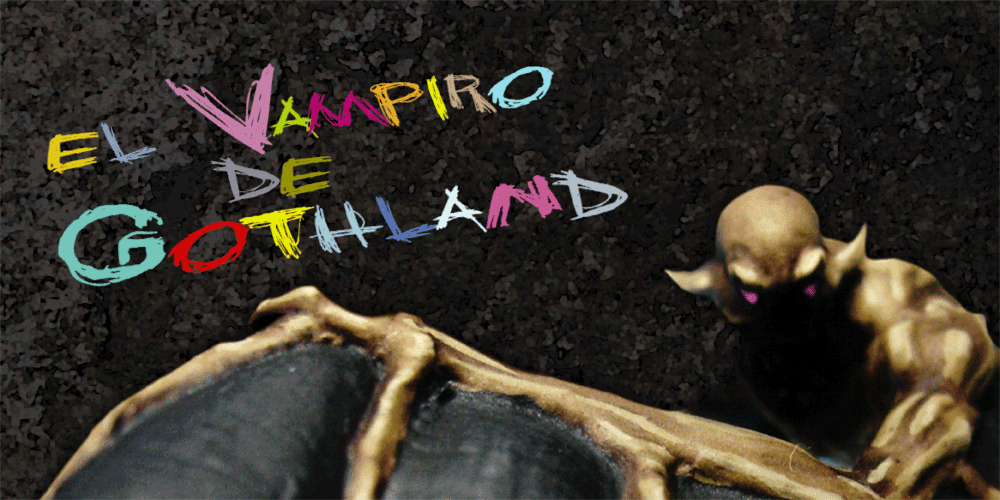MADRID, 18 Jul. (EUROPA PRESS) -
Random House recupera 'La Piedra del Monarca', la primera novela de Artur Balder. La novela será publicada en Estados Unidos en 2013. Ambientada en el siglo VIII, 'La piedra del monarca' relata la aventura de un joven herrero de la mano de un Cuentacuentos y un Viandante. El libro será presentado este miércoles en el centro cultural Spanish Benevolent Society de Nueva York.
Artur Balder (Alicante, 1974) apuesta por la novela histórica al ambientar la obras en la época de Carlomagno, pero juega con la fantasía al caracterizar el mal y el bien en dos personajes: Aurnor el Nigromante y Blain, el joven hijo de un herrero.
Blain emprenderá un viaje iniciático hasta llegar a la madurez al enfrentarse a un mundo hostil, y en el que el niño encontrará en la prudencia, la inteligencia y la fuerza, sus mayores aliados. Balder enmarca su novela con libros del estilo de 'Narnia' o 'El señor de los anillos'.
"Bláin tenía muchas cosas importantes que aprender sobre sí mismo, y nunca habría sido capaz de aprenderlas si no se hubiese atrevido a dar ese paso que nos conduce a lo desconocido. Al final, la llave mágica del protagonista no es otra cosa que la capacidad de aprender de la primera juventud", explica el autor, quien combina su pasión por la literatura con diversos trabajos cinematográficos desde Nueva York, ciudad en la que reside.
"La lectura es la verdadera llave mágica que abre todas las puertas cerradas, no sólo las puertas de Fantasía, esa es la moraleja de todo el relato. Y si Bláin fue capaz de llegar hasta el Círculo de los Gigantes en compañía de los enanos, eso significa que cualquier lector será capaz de lo que se proponga en esta vida", subraya Balder.
Respecto a por qué ha situado el relato en época de Carlomagno, Balder afirma que pretendía resumir "una estética propia del cuento medieval", y ahondar en ella hasta encontrar el relato "ideal". "Era fundamental que el cuento, aunque fuese largo, no perdiese en ningún momento la esencia del cuento, que es la moraleja, aunque fuese compleja y estuviese estratificada en varios planos", alega.
Calificado por el autor como "cuento alquímico", 'La Piedra del Monarca' se adentra también en la mitología de los alquimistas de la Baja Edad Media, más preocupados por destilar las grandes virtudes del ser humano -como la Prudencia, el Vigor o la Inteligencia- que por transformar el vil plomo en oro, para así forjar con ellas un arma que al fin convirtiese a Carlomagno, el impaciente Rey de los Francos, en el primer Emperador de Europa.
SALTO A MONDADORI
Declaraciones de Juan Díaz, Director de la División de literatura Infantil y Juvenil de Random House Mondadori S. A.
"El catálogo juvenil de Random House Mondadori siempre ha buscado incorporar los mejores libros y autores. La obra de Artur Balder cumplía sobradamente con los requisitos de calidad que buscamos y exigimos para nuestros lectores, explica Juan Díaz, director General de la división de Literatura Infantil y Juvenil de Random House Mondadori.
"Por vez primera la literatura fantástica de un autor español colmaba las expectativas de cualquier producto procedente del mundo anglosajón, y las duplicaba. Ahora sabemos que 'La Piedra del Monarca' será editado y distribuido en inglés y eso es un salto cualitativo que demuestra que los autores más sólidos del mercado español siguen saltando las barreras", afirma María Dolores Ferez, gerente de TMR Grupo que gestiona los derechos literarios de Artur Balder.
"La crisis sacado a relucir los diamantes que estaban semiocultos. Prueba de ello ha sido la calidad de la obra de Balder", explica María Dolores Ferez.
La Piedra del Monarca fue editada por un pequeño sello en 2005 y un año más tarde Random House Mondadori pagó el adelanto más alto de la historia de la literatura juvenil española, casi 40.000 euros, por sacarla del mercado para devolverla dentro de su colección 'Montena', según informa la editorial Random House.


















